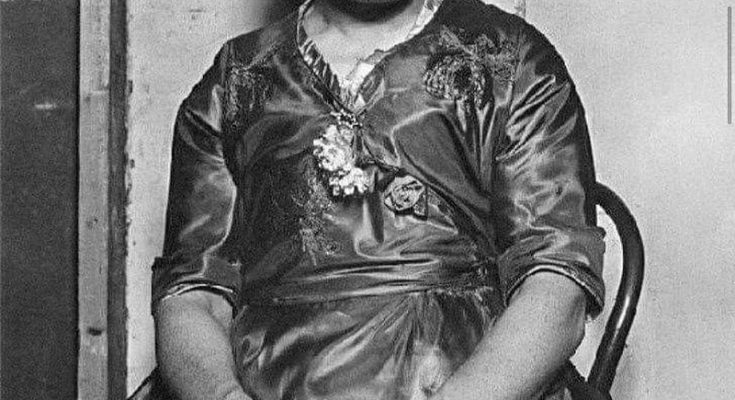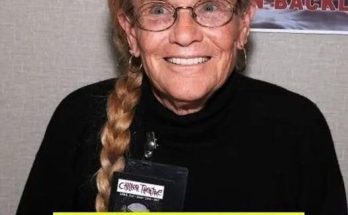I’m pleased with how far our civilization has progressed in 2022 in a lot of respects.While it’s true that some things were better in the past, if we only go back a few centuries, we can see that there were some aspects of daily life that actually belonged in the past.
Mary Ann Bevan, one of these “odd” people, earned the title of “Ugliest Woman in the World,” and her fascinating life story and tragic end highlight why we must never forget her.
Individuals of different ethnicities or with different physical abilities have always fascinated people – but putting them on public display and making money out of them is something that is wrong, no matter the time period we’re talking about.
In the 19th century, audiences gathered to see people with deformities; today, it’s simply unthinkable to do so. “Freak shows” were extremely popular from the 1840s until the 1940s, and exploitation for profit was not seen as ethically immoral.
When her brothers reached adulthood, they were given jobs to support the family. Mary Ann, though, had other options. The stunning brunette graduated from medical school and started working as a nurse in 1894. She had a bright future ahead of her at this time in her life.
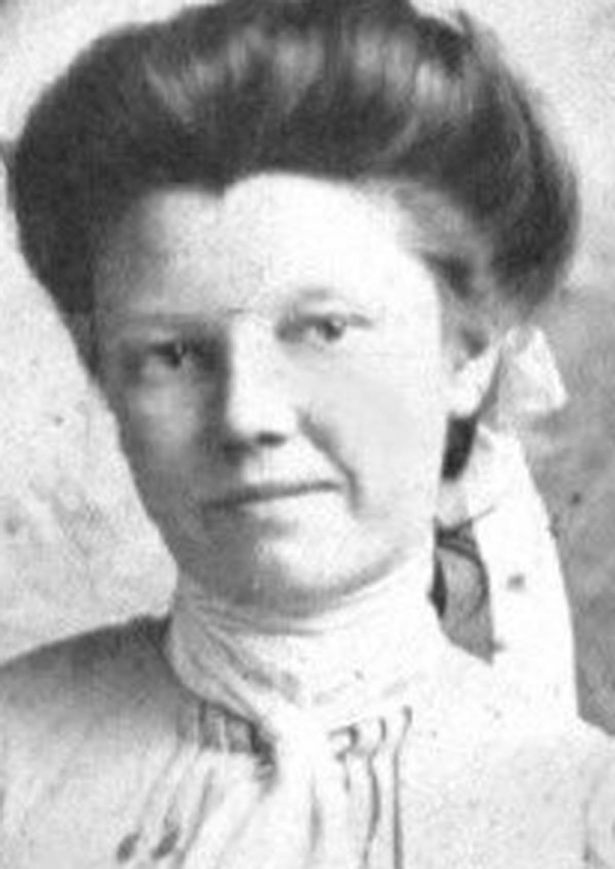
She was a lovely young lady with delicate features who resided in London and had a decent education. Economically successful, this city has evolved into the hub of the contemporary world.
When Mary Ann married Thomas Bevan in 1902, she also experienced love. The pair had four children during their marriage and was very content together. But sadly, the good days weren’t to endure forever. After spending 14 years together, Thomas suffered a stroke and died. Mary Ann was upset, and she was also left by herself with her four kids.
Unfortunately, she was also struggling with other issues. Just after she married Thomas, she began to experience some physical problems, and as the years went by, they only became worse.
Mary Ann began exhibiting acromegaly symptoms when she was about 32 years old. When the initial symptoms appeared, she must have been horrified, and unhappily, it wasn’t simple to find help for the uncommon condition.
Acromegaly was an unknown illness at the time, and doctors knew little about how to treat it. In the illness known as acromegaly, the body overproduces growth hormone, which causes expanded body tissue and bones. It’s a horrible condition that frequently causes the hands and feet of the individual who has it to grow to be three times their normal size.
In contrast to how the illness often manifests after puberty, Mary Ann Bevan’s ailment manifested later in life and had an impact on her face. Her features grew broader and more manly as she fought the disease.
We now have a lot more knowledge regarding the illness. For instance, we are aware that it may affect six out of every 100,000 people. If the problem is discovered in time, it can also be treated. For instance, if acromegaly patients today receive the right care from the start, their life expectancy will be the same as that of the general population.
Unfortunately, Mary Ann Bevan would not profit from such medical advancements. Instead, the condition had a significant negative psychological and economical impact on her.

The situation wasn’t too bad when she was married to Thomas. Mary Ann received some criticism, but she was able to find solace in her husband, and her family provided assistance.
But once Thomas passed away, things got worse and Mary Ann found it hard to support her kids. The disease had severely altered her physical appearance, and it affected her entire body. In a matter of years, she went from being a beautiful young mother to a dejected, unrecognizably unrecognisable widow.
Nobody wanted to hire her anymore because of the change in her appearance. Many of her employers were scared when they saw Mary Ann’s big face, and they didn’t want a deformed woman who attracted attention working for them.

Then, one day, Mary Ann stumbled upon a newspaper advertisement that would forever alter her life. The advertisement read as follows:
“Wanted: Ugliest woman. Nothing repulsive, maimed or disfigured. Good pay guaranteed, and long engagement for successful applicant. Send recent photograph.”
Claude Bartram was the person in charge of the advertisement. He was an agent for Barnum and Bailey, an American circus. Mary Ann had no choice but to respond to the ad because her debts and obligations were mounting.
It was all about providing food for her cherished children; she didn’t do it to become famous or wealthy. Motherhood was Mary Ann’s top priority.
Bartram contacted Mary Ann after she submitted a photo of herself. Later on, the public became well-versed in the images of her.

But whereas most people only saw a frightening image of a huge woman, Bartram noticed more. Unnoticed elements could be found in Mary Ann’s demeanour and features.
“She was not repulsive at all. She had the kind of face one usually finds in a giant, a powerful, masculine jaw, prominent cheek-bones, nose and forehead, but she was unblemished, healthy and strong. She told me she did not like the idea of placing herself on exhibition, she was shy and did not want to be separated from her children,” Bartram later explained.
“I told her she would earn £10 per week for a year, travelling expenses and all the money from the sale of picture postcards of herself, so she could provide for the education of her children.”
But while many people just saw a scary picture of a giant woman, Bartram saw something more. There were details in Mary Ann’s face and personality that went unnoticed.

When Mary Ann travelled by boat across the Atlantic in 1920, she was already well-known when she touched down in New York. As Mary Ann was branded “The Ugliest Woman on Earth,” she was featured on the front cover of nearly every newspaper in the Big Apple.
Mary Ann would go on to become a huge sensation at the Coney Island Circus, which was owned by successful Missouri showman Samuel Gumpertz.
In competition with bearded ladies, conjoined twins, and other individuals with varied physical limitations, the newcomer from England outperformed her circus colleagues, and Mary Ann became the main attraction.
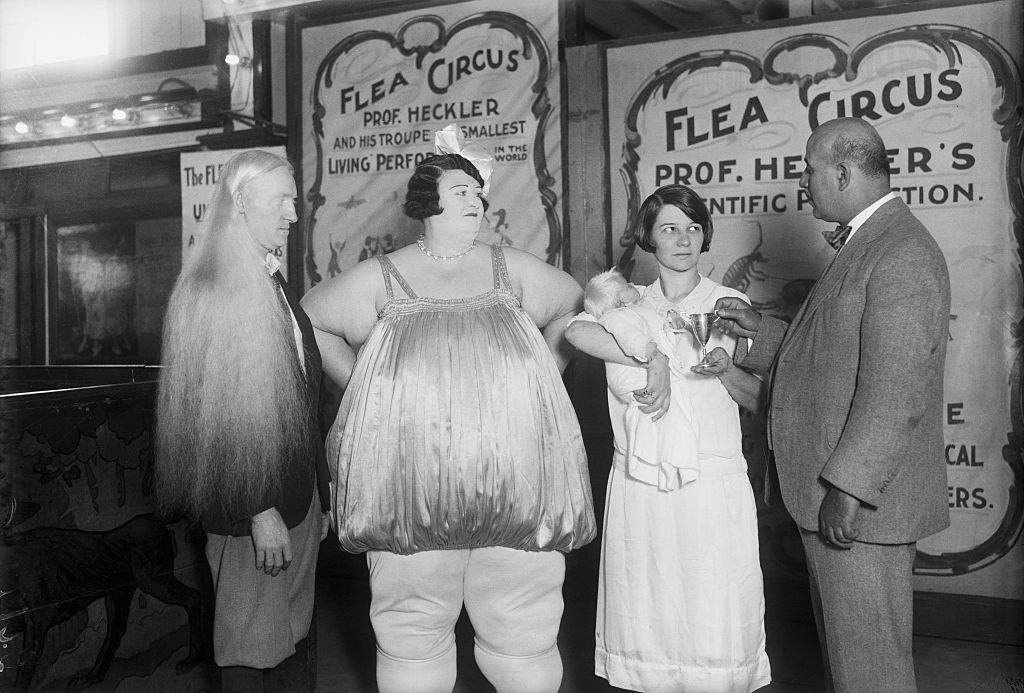
However, several individuals objected to the immorality of using circus performers as props. Even in the 19th century, people had strong feelings against using the impairments of freak show performers for financial gain. Harvey Cushing, a renowned neurosurgeon, intervened and told them to leave Mary Ann alone.
”This unfortunate woman who sits in the sideshow of Ringling Brothers ‘between Fat Lady and Armless Wonder’ and ‘affects white lace hats, woollen mittens and high laced shoes’ has a story which is far from mirth-provoking.
“She, previously a vigorous and good-looking young woman, has become the victim of a disease known as acromegaly,” he wrote in a letter to Time magazine.
However, regular folks continued to come to the circus, and the directors made a fortune. Sadly, Mary Ann had a lot to deal with in New York. She was made to dress more masculinely so she would appear less appealing and feminine. Additionally, she had to endure jokes and remarks, which undoubtedly diminished her sense of worth.
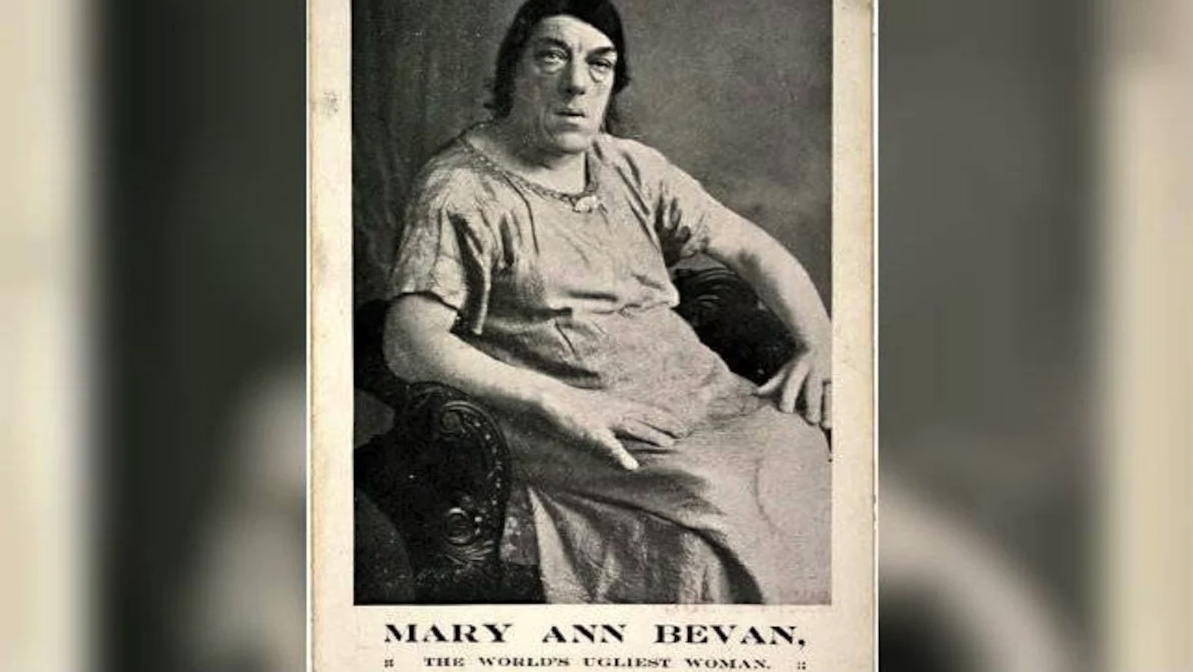
However, there was a benefit that persuaded her that it was worthwhile. The Daily Star claims that Mary Ann made close to $590,000 while working for the circus. She experienced a lot, but she also became quite wealthy.She even offered to sell picture postcards of herself while grinning robotically.
With the money, Mary Ann was able to send her four kids to an English boarding school. A mother’s biggest dread is undoubtedly leaving her children on another continent, but Mary Ann was forced to do it and ultimately did everything she could to provide her children a brighter future.
The giving-of-oneself Mary Ann exemplified true beauty by demonstrating what it looks like to sacrifice everything for the ones you love.
She returned to France in 1925 to take part in an exhibition, but she spent the rest of her life living in New York and working at the Coney Island Dreamland Show.
Mary Ann passed away from natural causes in 1933. Mary Ann passed away at the age of 59, and her children carried out her dying wish that she be buried in her native country. She is presently interred at South London’s Ladywell and Brockley Cemetery.
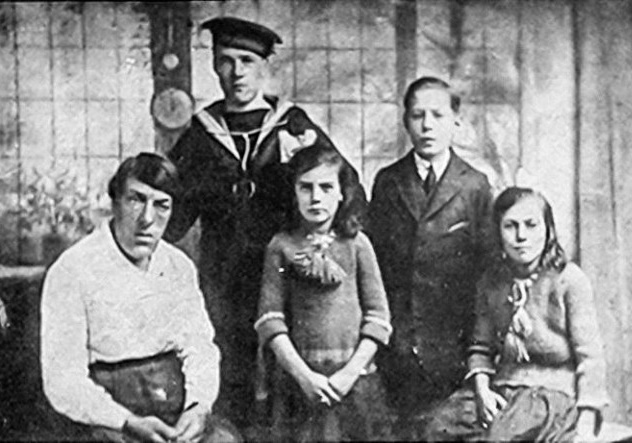
I don’t know about you, but I respect Mary Ann. Her narrative demonstrates the unwavering resolve she had to provide for her family. She had to work since there were no benefits like there are now. She was a mother who sincerely loved her children and placed others before herself.
Rest in peace Mary Ann, you deserve it.
